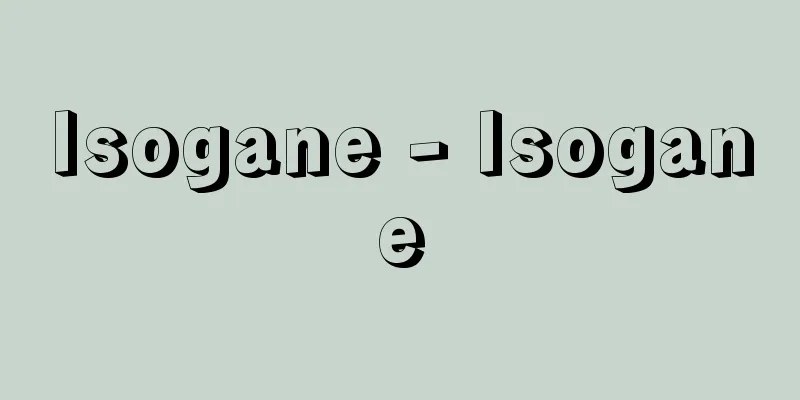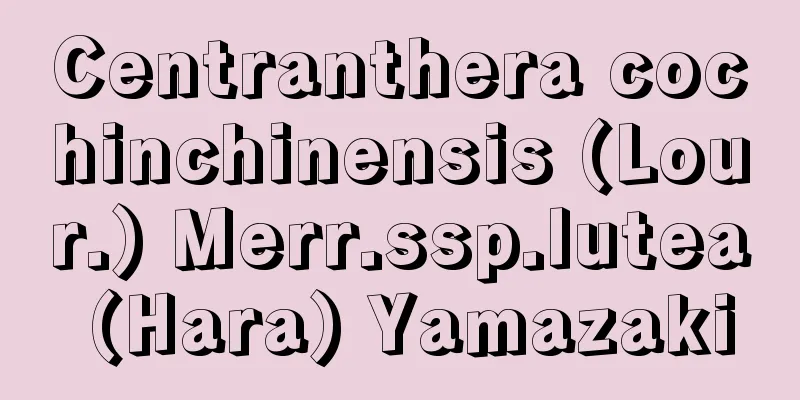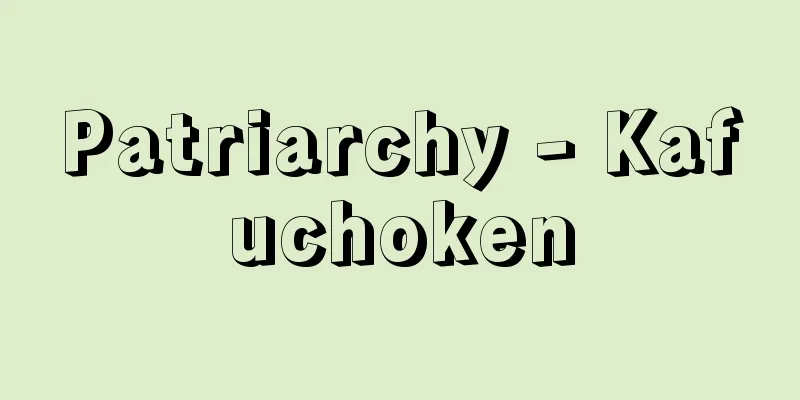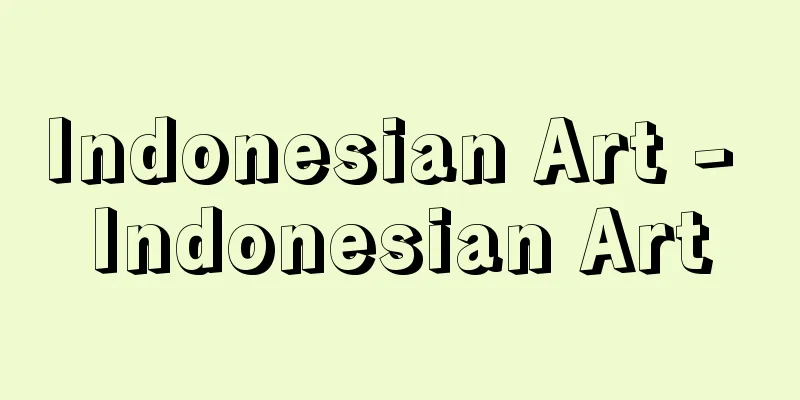Language Policy

|
The policy implemented by a government of a country regarding the languages of its citizens, or the policy adopted by a country or any other power regarding the languages of the inhabitants of territory that it occupies or otherwise controls. Its objectives can be various, including political unification and control, the spread and improvement of education, the protection of culture, the advancement of science and technology, and the efficiency of the transmission and processing of information. Its contents are also diverse, ranging from the establishment and spread of official and standard languages, character reform, the elimination of illiteracy, and the unification of terminology and characters in various fields, to the suppression or protection of dialects and languages of ethnic minorities. There are many examples around the world of the establishment of an official language, such as Tagalog in the Philippines and Malay in Malaysia. In some cases, multiple languages are recognized as official languages. Well-known examples include German, French, and Italian in Switzerland, and Dutch (Flemish) and French in Belgium. In cases where there are several ethnic minorities within a country, the government may, on the one hand, make efforts to educate and popularize the country's main language, while on the other hand, help maintain the unique languages of each ethnic minority. This is said to be the case in the former Soviet Union and China. A classic example of a policy regarding characters and orthography is the character reform implemented in Turkey in 1928, which replaced the Arabic characters that had been used until then with the Roman alphabet. Language policies in Japan date back to before the Second World War, when standard Japanese was widely adopted, primarily through compulsory education, but in terms of the scale and impact they have had on people's lives today, the most representative ones would be those implemented several times after the war regarding characters and writing, such as the establishment of the Joyo Kanji and "Modern Kana Usage" (1946), instructions on how to write hiragana (1959), the establishment of Joyo Kanji (1981) and its revision (2010), etc. [Minami Fujio] "Dictionary of Japanese Linguistics, edited by the Japanese Language Association (1980, Tokyodo Publishing)" "The Problem of the Japanese Language and Japanese Characters, by Eiichi Chino et al. (Iwanami Lectures on Japanese 3, 1977, Iwanami Shoten)" "Language and Society, by P. Trudgill, translated by Shigeru Tsuchida (Iwanami Shinsho)" Source: Shogakukan Encyclopedia Nipponica About Encyclopedia Nipponica Information | Legend |
|
ある国の政府がその国民の言語を対象として実施する政策。あるいは、ある国またはなんらかの権力をもったものが、占領その他の形で支配している地域の住民の言語についてとる政策。 その目的としては、政治的統一・支配、教育の普及・向上、文化の保護、科学・技術の進歩、情報の伝達・処理の効率化など種々のものが考えられる。その内容には、公用語・標準語の制定・普及、文字改革、非識字者の解消、各種の分野における用語・用字の統一などから、方言や少数民族の言語を弾圧したり、あるいは保護したりということまで、これまたさまざまなものがある。 公用語の制定については、フィリピンのタガログ語、マレーシアにおけるマレー語など世界に多くの例がみられる。複数の言語が公用語として認められていることもある。スイスにおけるドイツ語、フランス語、イタリア語、ベルギーにおけるオランダ語(フラマン語)とフランス語などはよく知られている。国内にいくつかの少数民族がいる場合に、政府が、一方ではその国の主要な言語の教育・普及に努力しながら、他方それぞれの少数民族固有の言語の維持を助けていることもある。旧ソビエト連邦、中国がそうであるといわれている。文字・正書法についての政策の古典的なものとしては、1928年トルコにおいて実施された、それまで使われてきたアラビア文字をローマ字にかえた文字改革がある。 日本における言語政策としては、古くは第二次世界大戦以前の、主として義務教育を通して行われた標準語の普及などがあるが、その規模および現在の国民の生活への影響の大きさの点からいえば、戦後何回かにわたり実施された文字・表記に関するものをまず代表的なものとすべきであろう。すなわち、当用漢字、「現代かなづかい」の制定(1946)、「送りがなのつけ方」の指示(1959)、常用漢字の制定(1981)およびその改定(2010)などがそれである。 [南不二男] 『国語学会編『国語学大辞典』(1980・東京堂出版)』▽『千野栄一他著『国語国字問題』(『岩波講座 日本語3』1977・岩波書店)』▽『P・トラッドギル著、土田滋訳『言語と社会』(岩波新書)』 出典 小学館 日本大百科全書(ニッポニカ)日本大百科全書(ニッポニカ)について 情報 | 凡例 |
>>: New Language Works - Gengo Shinsaku
Recommend
Epigonoi
…The whole story of the siege of Thebes is depict...
Nicho - Nichiou
A Nichiren sect monk from the early modern period...
Bowl beating - Hachi tataki
(1) A folk performing art. Also written as "H...
Alaska Border Incident
…Examples of border treaties concluded through ne...
Jiujiang County - Jiujiang County
…Xunyang County was established in the Han Dynast...
Agkistrodon contortrix (English spelling) Agkistrodon contortrix
… [Takahiro Matsui]. … *Some of the terminology t...
Mullidae
…The spawning season is from May to December, and...
Stone lantern - Ishidourou
A stone lantern. From top to bottom, its structure...
Bedford Level
...However, monasteries were established in the s...
Settsu Genji
The direct line of the Seiwa Genji clan, descended...
Republican Central Committee
...Military members of the National Guard also fr...
Ayers Rock
A rocky mountain located 440km (by road) southwest...
Mundari
... It is divided into three groups, North, South...
military band
...However, there are also various performance st...
spandrel
...Other names for walls that refer to their posi...


![Yanbian Koreans [Autonomous Prefecture]](/upload/images/67cfb668962a4.webp)






